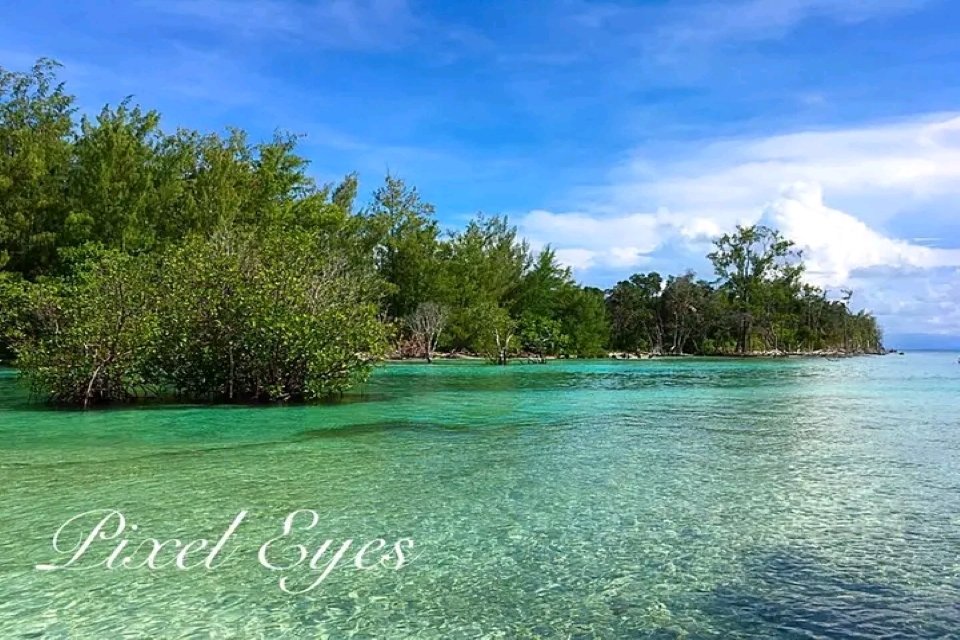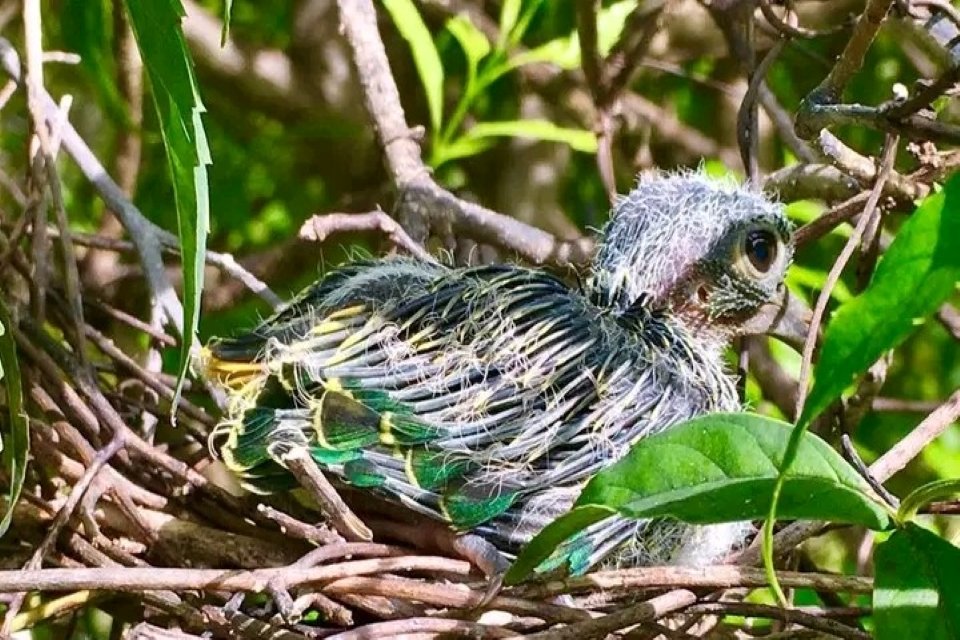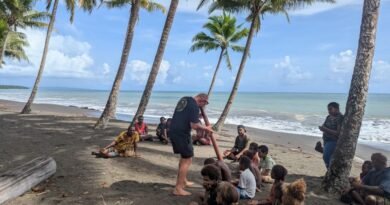Malaulalo Island’s Eco-Tourism Potential
BY JOHN HOUANIHAU
MAKIRA-Ulawa province in the eastern region of the Solomon Islands has a large number of interesting island sites and attractions that are the potential to fascinate foreign tourists and local visitors.
The eastern part of the country has a rich traditional culture and natural beauty that tourists can explore.
One of the islands that have huge tourism potential is Malaulalo Island, which is situated on a group of islands called the three sister islands (Olu Malau) in Makira Ulawa province. It has an area of 3.34 km2.

From Honiara, it takes a 45 minutes flight and another 40 minutes of adventure through the waves to get to the island.
Malaulalo Island is a beautiful island complete in itself and with a great attraction for ecotourism. Apart from its white sandy beaches and natural coastal landscapes, the island has a rich natural ecosystem and marine biodiversity.
The Chairman of Malaulalo Conservation and Tourism Association told TOURISM MEDIA that Malaulalo Island’s exotic sceneries consist of white beaches, a still water mangrove lagoon surrounded with rich marine biodiversity.
He said the sparse tropical rainforest and mangrove vegetation camouflages both its ragged and smooth geographical features.
“Almost ¾ of the island is surrounded by pristine white sandy beaches that have been divided sometimes by different natural rock structures of various textures.
“The sand-filled lagoon protected by a spit and surrounded by a thriving mangrove ecosystem provides a healthy breeding ground for marine life. Away from the mangroves, the lagoon glowing in turquoise will allure you to take a cool dip,’’ said Marita, who is also the Director of the Culture and Tourism Division within the government’s Ministry of Culture and Tourism.

Marita added that Malaulalo has a very rich marine environment from the shallow waters to the offshore reefs while the white sandy beaches provide a very unique atmosphere suitable for vacation and relaxation.
“The external reefs on the western side of the island act as sea-breakers, creating a calm water environment within its shores.
“During high tide, all forms of marine animals come in to feed and breed, but when the water recedes during low tide they get trapped in, leaving them easy prey to local fishermen.
“The eastern coast is fairly rocky and has cliffs suitable for bird watching and ocean viewing.
“On a fine day when visibility is high, a breath-taking panoramic view of the island’s coastline, neighboring islands, and the sea can be observed from these cliffs. Inland stands a hill covered in lush greenery, running to the rocky cliffs of the eastern coasts,’’ Marita said.
He reiterated that said Malaulalo’s natural environment is untouched and suitable for eco-tourism and conservation-oriented activities.
“The island was said to have an endemic species of bird that has the attention of international conservation bodies to establish it as a conservation site.
“It has a hilly landscape with a jungle forest that contains some species of quality timber trees. The forest is also suitable for forest trekking.

“The most exotic part of the island is the lagoon which is 5km2 and more in size.
“The lagoon’s water level rises to about 2m during high tides and drops to about 80cm during low tides.
“This is the breeding site for all kinds of marine life and species,’’ he said.
However, Marita said Malaulalo Island marine and terrestrial resources have been overharvested over a long period (more than 15 years) by illegal residents, by-passers, and surrounding communities.
“In 2009 the High Court evicted illegal settlers on the island and the island went straight into conservation mode in 2010 in an attempt to rejuvenate the depleting resources of the island.
“The whole of the marine ecosystem on the island is currently placed under conservation and fishing practices like diving and netting were banned.
“Special focus was also given to the conservation of turtles and banning of the sale of corals. Apart from conservation, the Group was also focused on developing tourism on the island.

“The Islanders feel that this conservation initiative will give the push for tourism development on the island and in particular eco-tourism.
“Not only a flourishing environment will foster the growth of tourism but the cultural heritage and history of the island can also be a niche market for tourism on the island.
“Culturally the Crocodile Calling practice of the Three Sisters (Olu Malau) will certainly be an attraction, as well as the remains of what is left of the Levers Plantation Ltd in the colonial days,’’ he said.
Tourism Media understands that the Malualalo Conservation and Tourism Association (MCTA) from Three Sisters in the Makira Ulawa Province has taken a step further to have Malualalo Island gain legal recognition under the Protected Areas Act 2010.




